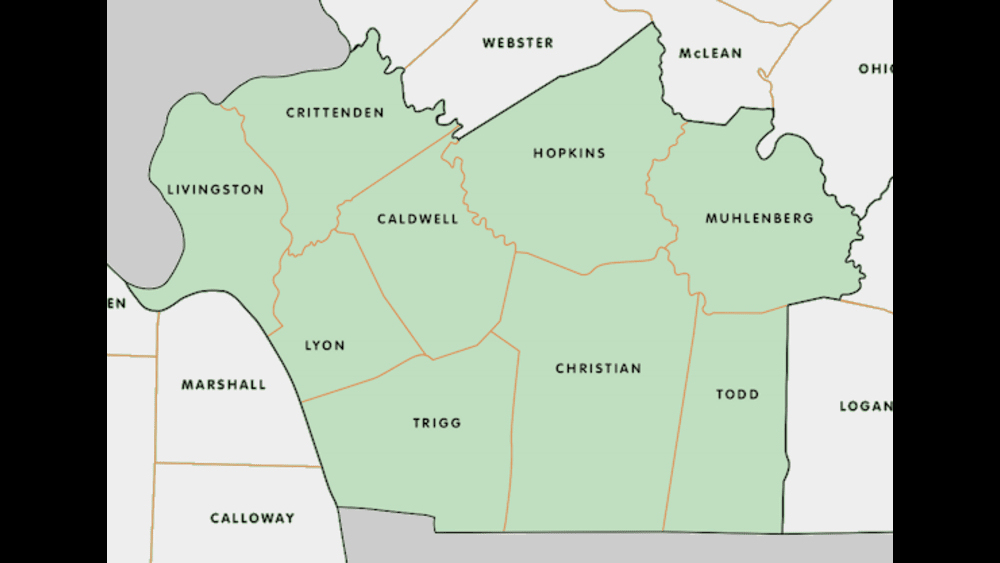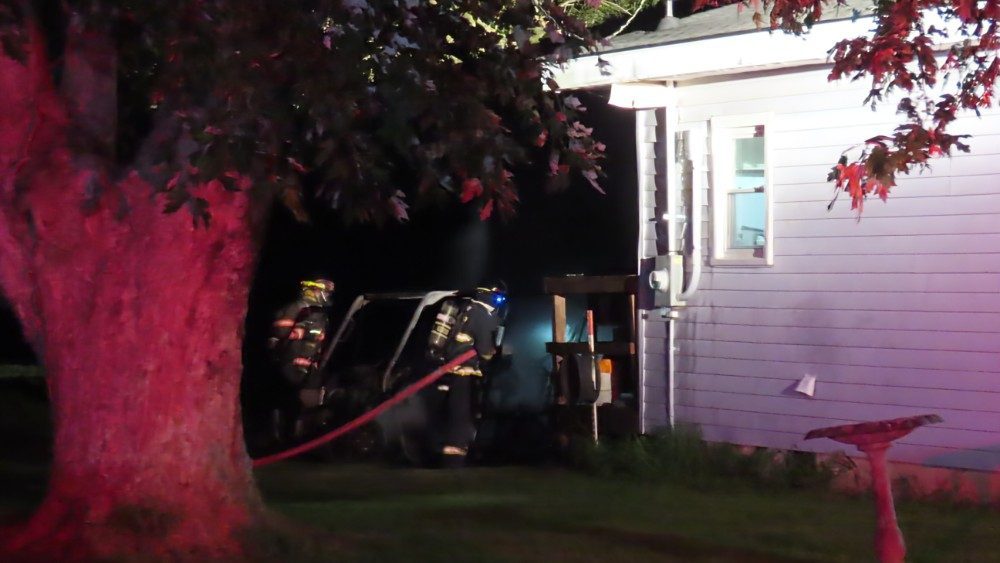
Community members are invited to attend an upcoming Lunch & Learn session focused on elder abuse awareness.
It’s set noon to 1:30 PM Friday, June 13, at the Pennyrile Area Development District, on 300 Hammond Drive in Hopkinsville.
The event is part of a broader effort to raise awareness about the mistreatment and neglect of older adults. A complimentary lunch will be provided for all registered participants.
Those interested are asked to register by June 7 using a link found here: https://forms.office.com/g/n6BebdVaeG.
For more information, contact Cindy Tabor at (270) 886-9484.
Elder abuse is serious and an oft-hidden issue impacting millions of older Americans.
It’s officially defined as intentional acts—or failures to act—that cause harm or risk of harm to individuals aged 60 and older, and it is most often at the hands of caregivers and/or trusted individuals.
Types of Elder Abuse include, but are not limited to:
Physical Abuse: hitting, kicking or pushing that causes injury, impairment, or death
Sexual Abuse: forcing unwanted sexual contact or behaviors, including sexual harassment
Emotional or Psychological Abuse: encompassing verbal and nonverbal behaviors that cause fear, distress, or emotional pain, such as threats, humiliation, or harassment
Neglect: failing to meet basic needs, including food, shelter, hygiene, and medical care.
Financial Abuse: the unauthorized or improper using of an older adult’s money, property, or assets
Some quick facts and statistics from the CDC:
+ The older adult population is growing faster than younger age groups in the U.S., and with that growth comes an increase in elder abuse
+ 10% of older adults living at home experience abuse, including neglect and exploitation.
+ From 2002 to 2016, more than 643,000 older adults were treated in emergency departments for nonfatal assaults, and more than 19,000 homicides occurred
+ Nonfatal assault rates increased by more than 75% among men and 35% among women during that time period
+ Older men and people of color—especially non-Hispanic Black, Hispanic, and American Indian/Alaska Native adults—are at higher risk of homicide
+ Between 2014 and 2017, firearm-related homicides rose, with 39% involving an intimate partner
+ And the economic cost of violent injuries to older adults reached $33 billion in 2022, with nonfatal assaults rising 31% and homicides increasing 26% from 2015-22.
Key prevention steps include:
+ Listening to older adults and supporting them.
+ Recognizing the signs of abuse and understanding how they differ from normal aging.
+ Checking in on isolated individuals.
+ Encouraging help for caregivers or older adults struggling with substance use.
+ And providing caregiver support through local services like respite care, adult day programs, or counseling.





